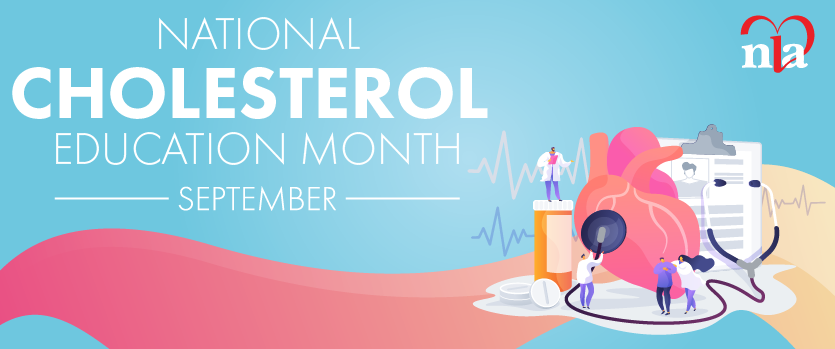As clinical lipidogists, the major objective of care for most of our patients is to reduce the risk of atherosclerotic cardiovascular disease (ASCVD). All major guideline documents, including the NLA Recommendations for Patient-Centered Management of Dyslipidemia and the 2013 American College of Cardiology/ American Heart Association (ACC/AHA) Blood Cholesterol Guideline, advocate lifestyle therapy as the first step in patient care, regardless of whether drug therapy is concomitantly employed. Unfortunately, most providers received little practical training in medical school on how to properly counsel patients to make meaningful lifestyle change. In addition, the time constraints placed on us leave little time to counsel our patients on the changes in diet and exercise that are necessary to achieve the best results. Even worse, most insurance plans do not provide coverage for dietary counseling for lipid disorders by the true experts in dietary change therapy, registered dietitian nutritionists. These forces combine to push providers toward the easier pathway of writing a prescription for lipid-altering drugs. Fortunately, generic, safe, strong statins that provide evidence-based ASCVD risk reduction are widely available and are generally well-tolerated by most patients.
The appropriate use of statin therapy was the focus of the 2013 ACC/AHA Blood Cholesterol Guideline. The identification of statin benefit groups in this document represented their attempt to use randomized controlled trial evidence to guide clinicians toward the use of appropriate-intensity statins in specific clinical scenarios. While the NLA Recommendations focused more on the importance of lowering atherogenic cholesterol, both agreed on the importance of recommending, after a patient-provider discussion, moderate or high-intensity statins for most patients with ASCVD, familial hypercholesterolemia, and diabetes mellitus.
The ACC/AHA Guideline, published prior to the results of IMPROVE-IT and the preliminary data on PCSK9 inhibitors, recommended limited use of non-statin therapy based on sparse randomized controlled trial evidence of additional ASCVD risk reduction and safety concerns. The NLA Recommendations provided the perspective that in those situations in which lifestyle and statin-induced reduction of non-HDL-C and LDL-C are insufficient to achieve lipoprotein goals, the addition of non-statin therapies should be considered for further reduction in atherogenic cholesterol, based on the premise that greater reduction in non-HDL-C and LDL-C is generally associated with more favorable outcomes.
Many patients on high-intensity statin therapy have persistently elevated LDL-C. A meta-analysis of eight RCT employing high- intensity statin therapy in 38,253 subjects showed that more than 40 percent of the statin treated subjects did not achieve an LDL-C <70 mg/dL. IMPROVE-IT showed that in pateints who had a recent acute coronary syndrome, combination therapy with ezetimibe and simvastatin was associated with greater ASCVD risk reduction than simvastatin monotherapy. Pre-specified subgroup analysis showed that the beneficial effects were limited to those with diabetes mellitus or those age 75 years or older. Whether one limits use of this agent to only those groups, or applies the broader perspective that “lower is better” is a matter of clinical judgment, but it is increasingly clear that additional reduction in atherogenic cholesterol using non-statin therapy may provide additive ASCVD risk reduction in selected patients, after considering cost, potential side effects and patient preference.
We await with great anticipation the ASCVD outcomes data in the ongoing PCSK9 trials. In the meantime, we should continue to advocate lifestyle change therapy and appropriate-intensity statins, reserving consideration of non-statin drugs for those whose atherogenic levels remain elevated, despite these measures.






.jpg)
.png)











